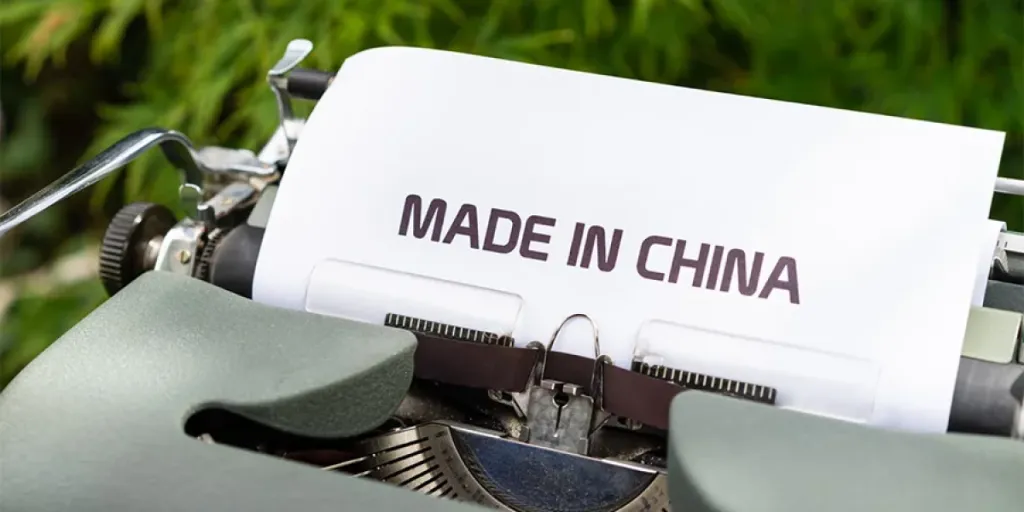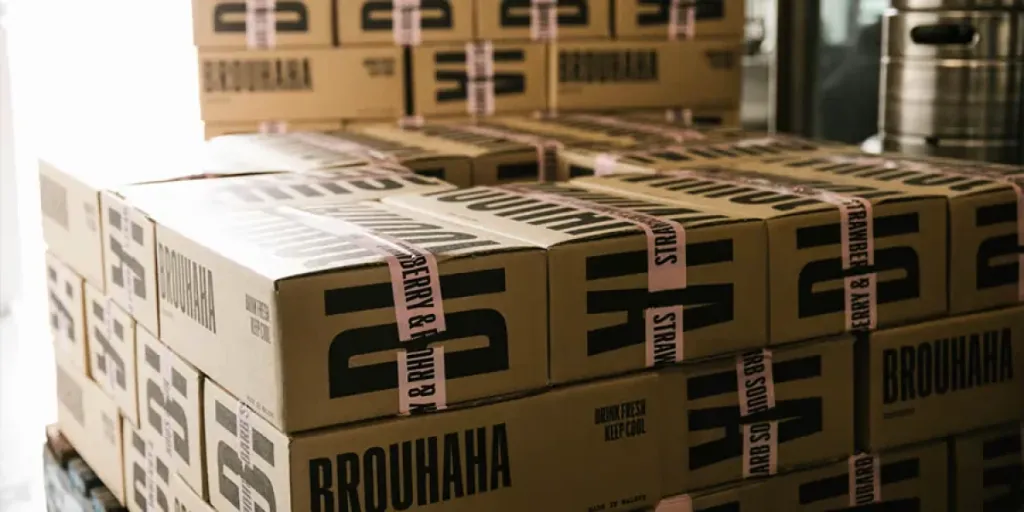In the past many consumers might have frowned at ‘Made in China’ labels. But the improvement of technology and manufacturing has changed that. These days a ‘Made in China’ is no longer associated with low-quality products, and Chinese suppliers are gaining a reputation for producing high quality goods.
Table of Contents
A new confidence in the ‘Made in China’ label
Pros and cons of sourcing from China
‘Made in China’ in 2022: Should you source from China?
A new confidence in the ‘Made in China’ label
‘Made in China’ products tended to be associated with cheap, low-quality handiwork and knock-off products. However, things have changed now. A sign of confidence in the quality of goods being produced is that investors are now more receptive to domestic Chinese brands. And in fact, several major Chinese brands are also expanding their operations locally and globally.
AmCham Shanghai’s 2021 China Business Report notes that almost 60 percent of companies surveyed reported increased investment in 2021 compared to 2020. China’s export figures have also remained healthy, with steady growth throughout the years hitting $2,723.25 billion in 2020.
These trends illustrate confidence in China’s manufacturing capability and that people are no longer averse to ‘Made in China’ labels.

Pros and cons of sourcing from China
With this rise in investment and confidence, many businesses will likely see Chinese manufacturing playing a greater role in their production chains. It’s therefore worth considering the advantages and disadvantages of manufacturing goods in China.
Pros
Sufficient skilled workers and engineers
The skilled labor force in China is growing rapidly. China’s pool of skilled workers is one of the key factors leading to its economic success over the past three decades and something that will continue to give China an edge in the future.
From 2016 to 2020, China saw an increase of more than 10 million highly-skilled personnel. According to China’s Ministry of Human Resources and Social Security, there are more than 200 million skilled workers on the Chinese mainland, among which more than 50 million are highly skilled.
Furthermore, a record-high of around eight million students graduated from undergraduate programs at public colleges and universities in China, almost double what was seen in the US in 2020. In the next five years, China will focus on cultivating innovative, practical, and skilled personnel and expanding its engineers and skilled labor pool.
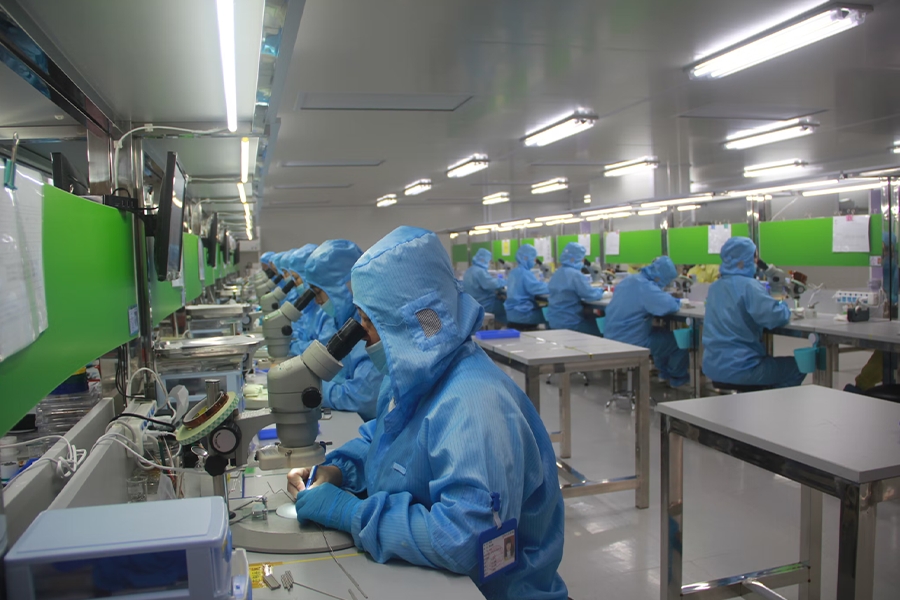
Significant spending on R&D
High spending on research and development (R&D) reflects a commitment to encouraging innovation and improving production efficiency and product quality. China’s R&D spending hit a new high of 2.44 percent of its gross domestic product (GDP) in 2021, up 0.03 percentage points from the previous year.
In terms of absolute expenditures, China is the world’s second-biggest spender on R&D at $468 billion compared to the US investment of $582 billion in 2018. And analysts expect China to continue to close the gap. Based on recent reports China’s R&D spending has been climbing steadily throughout the past decade and seems to be catching up to the US.
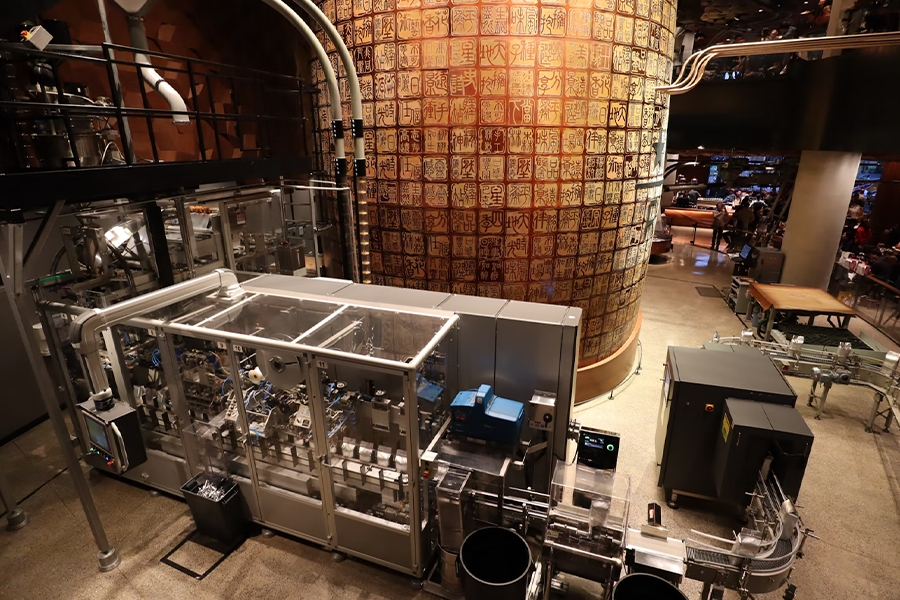
Higher production efficiency
China, the world’s largest producer of manufactured goods, is responsible for more than a quarter of global manufacturing output.
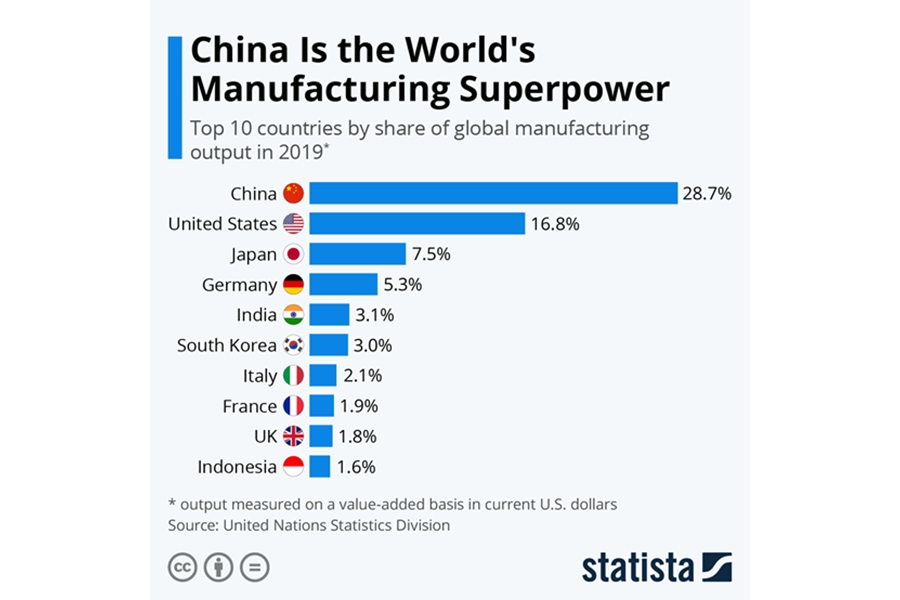
As a manufacturing powerhouse, China will need to compete globally with other leading manufacturers. This will lead to many firms trying their best to retain customers by ensuring they produce high-quality goods.
Efficient business ecosystems
Apart from its extensive manufacturing capability, China has a comprehensive business ecosystem. The manufacturing supply chain seems to have no shortage of experts and suppliers so companies sourcing from China will find the technical skills and services they need all in one place.
Something to note is that different cities in China focus on different industries. Shenzhen, for example, is an excellent option for businesses looking to manufacture electronics since 90 percent of the world’s electronics are made there. For businesses in the apparel industry, cities in Southern China, like Guangzhou, might be a better option instead. Fast fashion brand Shein is a prominent example of a business choosing to establish its supply chain headquarters in Guangzhou.
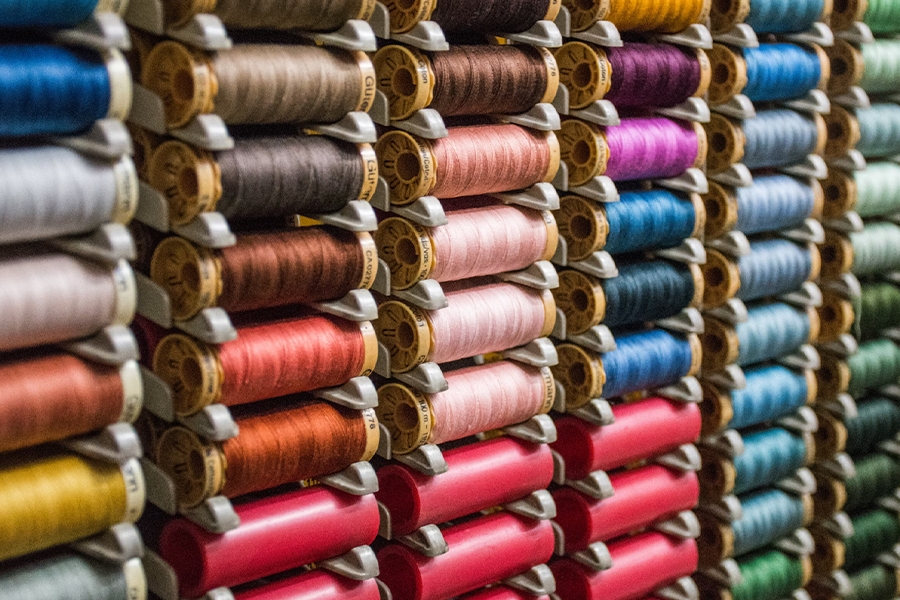
Some of the main advantages of industrial clusters are resource availability and the strength of production networks within the same area. In addition, businesses are likely to have many other options to fall back on if there are complications in the production process.
Possible market expansion
Manufacturing in China is also great for businesses looking to expand in Asia. China is nicely situated in a central location, so businesses can save on shipping costs if they package and ship their products directly from China.
Lower labor costs
Lower labor costs are also a benefit for companies choosing to manufacture goods in China. The cost of labor in China is relatively low compared to places like Europe or the US. In 2020, the average hourly labor cost in the European Union was EUR 28.5, while manufacturing labor costs per hour for China stood at USD 6.5. This can translate into vast cost savings if manufacturing is undertaken at a larger scale.
Cons
Shipping costs
Businesses might see cost savings if they are selling in Asia. But for businesses selling on the other side of the world, higher costs may be incurred when sending products across the globe.
Shipping might be less of an issue for higher-value products like electronics or luxury items. In contrast, shipping costs might be relatively high for cheaper consumer products like suitcases. Apart from international shipping costs, businesses might also have to deal with longer shipping times, especially when goods are transported by sea.
‘Made in China’ in 2022: Should you source from China?
As this article has highlighted, there are several advantages to manufacturing in China. The key is to look for reliable manufacturers and suppliers whom you can trust to deliver your goods within the promised timeline. In terms of the setbacks, shipping times and fees may not be feasible for all businesses. Nonetheless, the ‘Made in China’ label has certain become more prominent among high-end manufacturers, while domestic industries offer great opportunities for those interested in sourcing products and manufacturing goods.
Alibaba.com provides a ready pool of verified suppliers to choose from. If you’re interested in learning more about selecting the most reliable and trustworthy suppliers, check out this complete guide to sourcing on Alibaba.com for insider tips and tricks.
